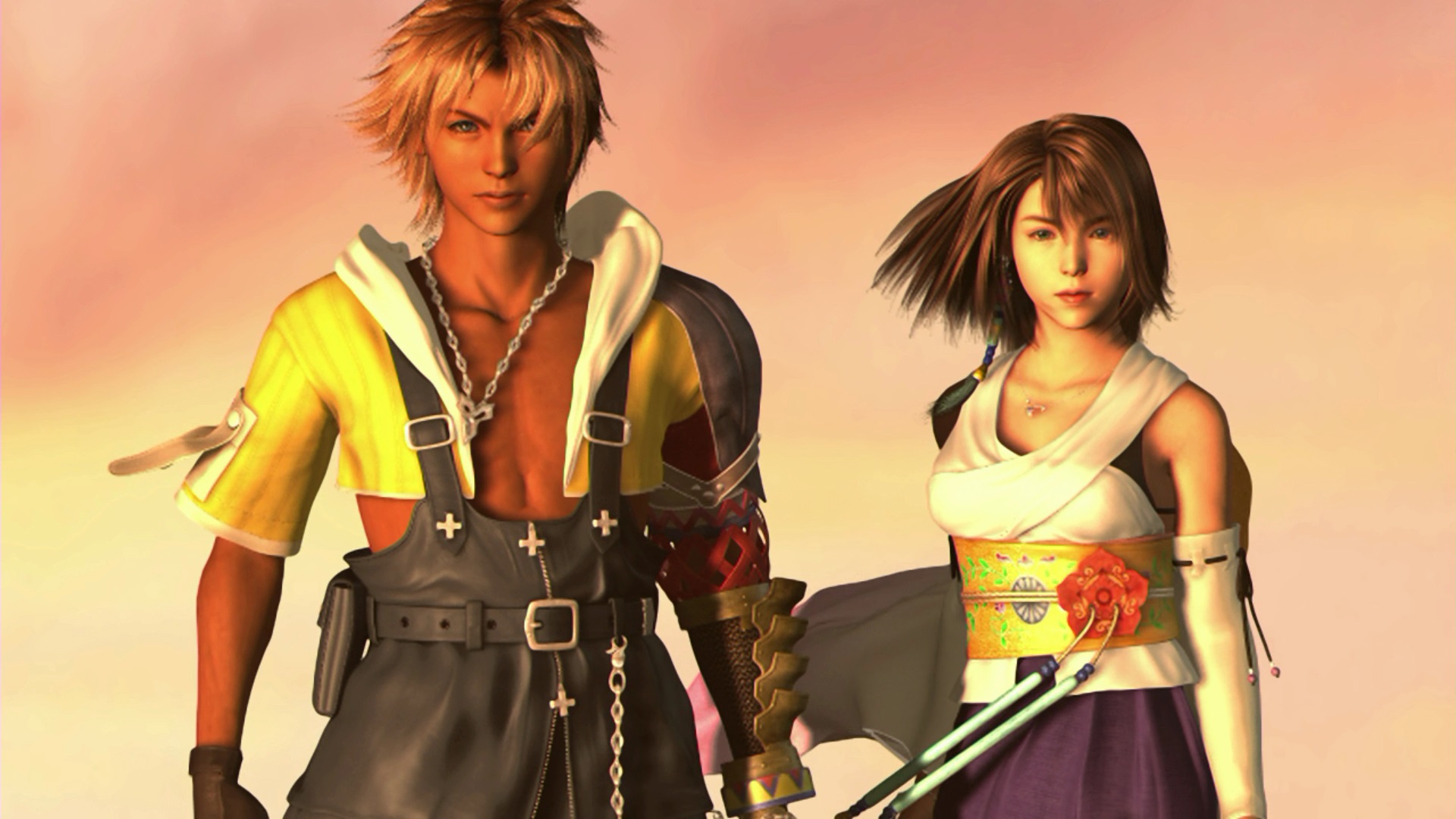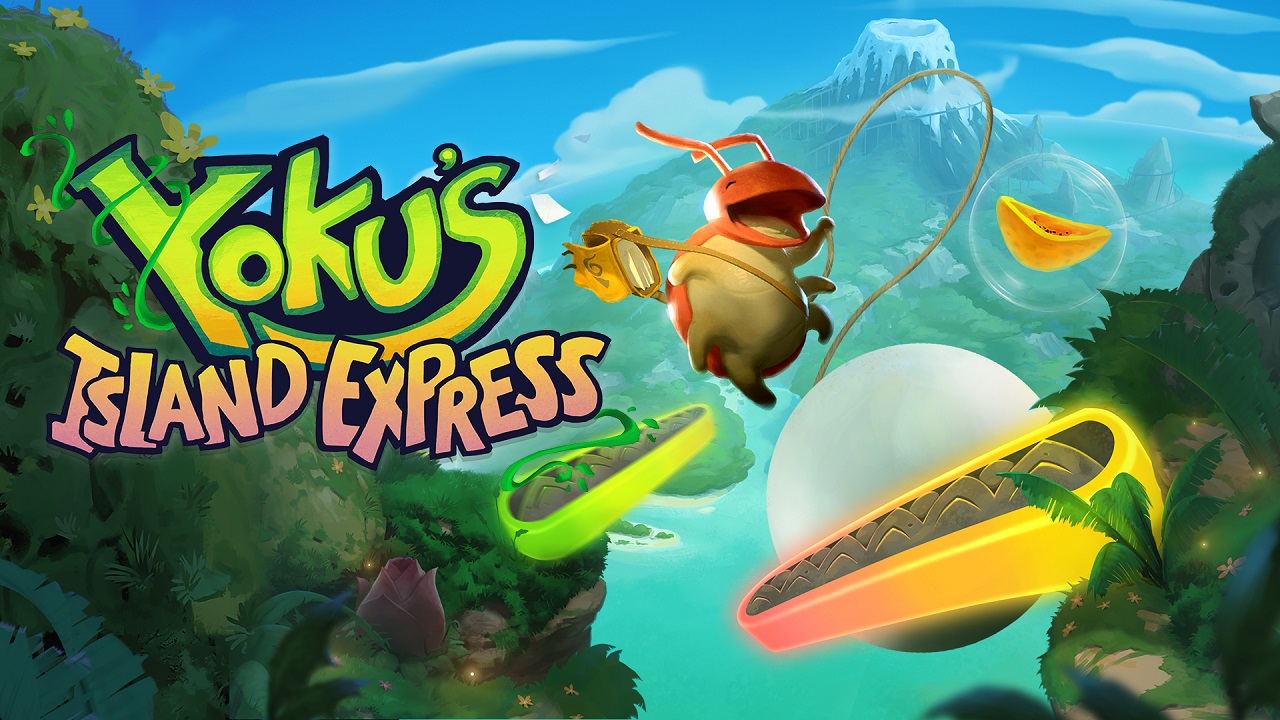Share
Like everyone else, I was sitting at my computer Tuesday morning impatiently awaiting Masahiro Sakurai’s final Super Smash Bros. Ultimate presentation. This is a series that I’ve loved for as long as I’ve loved Nintendo itself. The knowledge of the next fighter being Ultimate’s last felt like the end of a triumphant era. Obviously, Smash will return. But I think it’ll be a while until we find out when the franchise will return and who will be leading its revival . The point is, the final Ultimate DLC character was an event no matter who made the cut. And then Sora showed up.
If just any newcomer was going to be an event, then Sora was a revolution. Like Ridley before him, Sora was one of those impossible characters. Ridley was too big, and Disney was too… Disney. The rights issues alone seemed insurmountable, but clearly Sakurai found a way. He likewise found a way to not only bring Sora into Smash, but to bring him in a way that feels ample and celebratory in spite of the total lack of Disney content. As per usual, Sakurai knocked this fighter out of the park, at least according to my roommate who found himself on the brink of a heart attack when that fireball fused into a Keyblade.
renewing my interest in kingdom hearts
Personally though, Sora’s reveal was exciting primarily because it finally gave me the perfect entry point into Kingdom Hearts. Unlike my roommate, this series isn’t among my top favorites. I’ve always wanted it to be, and I’ve tried at various points to get into the games. I played some Chain of Memories on GBA after finding it at a thrift shop when I was young. Around that same time, I meticulously washed my dad’s trucks in exchange for a used copy of Kingdom Hearts 1. I also read the first manga volume and tried a bit of Dream Drop Distance. I even picked up Kingdom Hearts III at launch.

Despite these efforts, I never truly got into the series. I never finished any of the games that I had, and I certainly didn’t play them in any sort of order that would’ve helped me understand the grand (albeit cumbersome) overarching narrative. So why did this series appeal to me? I just love Disney! So, I wanted to be back in these wonderful lands full of familiar childhood faces. Or, well, familiar faces filtered through Tetsuya Nomura’s edgy and badass aesthetic. Unfortunately, I just never had the right opportunity or a strong enough drive to really commit. But, Sora coming to Smash totally renews my interest in pursuing this series.
What makes Super Smash Bros. so special to me is that its fighters are not just characters on a roster. They’re meticulously crafted ambassadors of disparate universes all colliding in a grand celebration. This is made clear by the deep passion and research that informs each available fighter. There are absolutely wonderful analysis videos online which illustrate how Sakurai pulls iconic references from source materials to inform movesets, character designs, stage layouts, and more. This richness is why Super Smash Bros. is amazing, on top of its accessible yet deep gameplay and outrageous fun factor.
fostering curious nintendo fans
This richness is also why Smash Bros. is more than just a fighting game, it’s a hub that introduces players to new experiences. I speak for many Nintendo fans of my generation when I say that Super Smash Bros. is the reason that we’ve tried various series or learned about hidden gems. My roommate’s favorite game of all time is Final Fantasy VII. He played it because Cloud was coming to Smash 4. Another of my best friends effectively became a Nintendo fan beyond the context of Pokémon and Smash squarely because he played a lot of Brawl, which piqued his curiosity in everything from Zelda to Fire Emblem.

I mean, this just makes perfect sense. Every corner of every entry in this series has been stuffed with loving detail that begs to be explored further. From Masterpiece game demos to trophies to the characters as we’ve discussed, how could you not want to follow Sakurai’s passions back to the source? I spent hours combing experimenting with different Smash characters as a kid. This raised so many questions and offered so many threads to pull on. I wanted to know what R.O.B. was because of Brawl, and so I watched plenty of YouTube videos featuring our favorite Robotic Operating Buddy. I played both Pikmin and Kid Icarus for the first time because of Brawl, too.
When Smash 4 rolled around, Duck Hunt Dog’s inclusion convinced me to buy Duck Hunt from the Wii U eShop. Bayonetta’s DLC spot put that franchise on my radar. Ultimate bringing in King K. Rool prompted me to finally beat the original Donkey Kong Country games, which are now my favorite 2D platformers ever. I bought Fatal Fury because of Terry Bogard. Now, I’ve purchased Kingdom Hearts 1.5 + 2.5 HD Remix because of Sora. I want to know why these characters are beloved, and why they deserve representation in Smash’s hallowed halls. I want to understand why it’s so exciting that Sora’s A-attacks can segue into various 3-hit combos. Smash Bros. is a beautiful tool for making players excited about gaming’s history and I’m proof of that, as are my friends.

Of course, not every character looks back into the vault. For every Banjo-Kazooie, there’s a Min-Min. And that’s wonderful too. However, it’s arguably less useful in this meta sense. When Super Smash Bros. becomes a point of introduction to older media, its crossovers operate in a way that few others do. Sure, Fortnite’s crossovers will funnel players toward other contemporary pop culture installations, and that’s great. But Super Smash Bros.’s crossovers often send you back in time, reviving icons which should never be forgotten. The newer Nintendo generation has fallen in love with so many quirky pockets of gaming culture and legacy because of Sakurai’s work. On top of Super Smash Bros. being an amazingly fun fighting game, it’s a cornerstone of why we are the Nintendo fan that we are today.
So what I’m trying to say, I suppose, is thank you Sakurai, and thank you everyone else who made Super Smash Bros. Ultimate possible.




